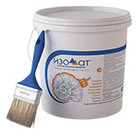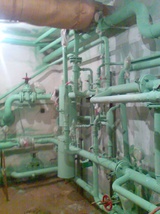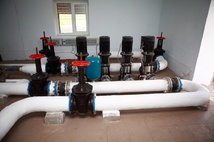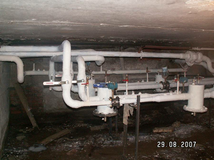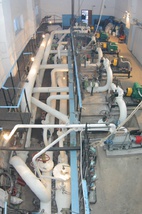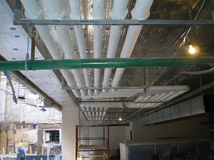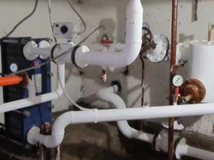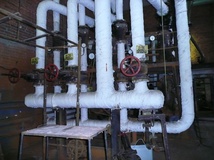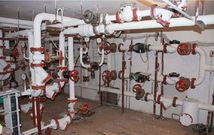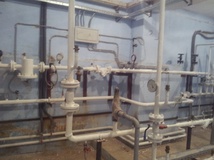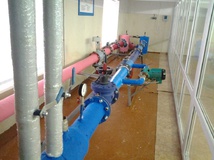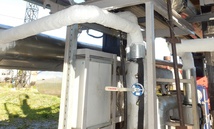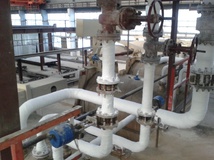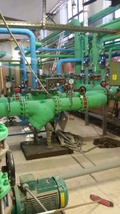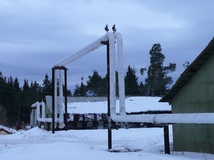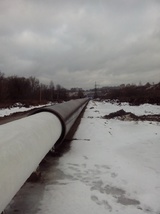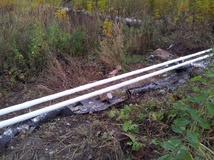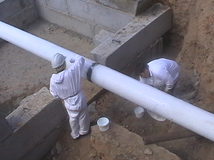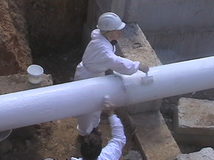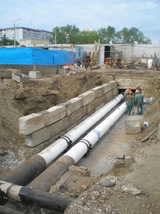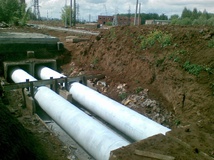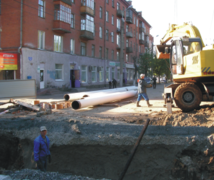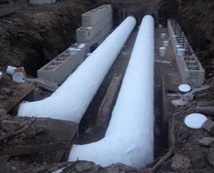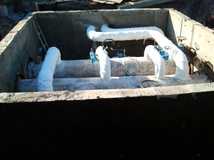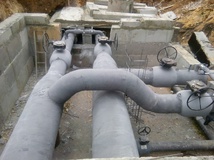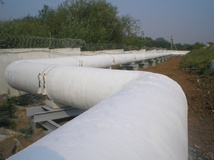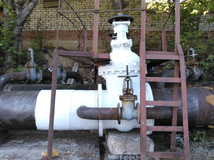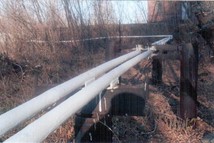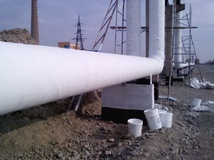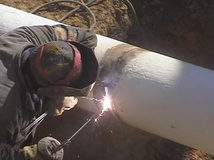Heat insulation of pipelines
Heat insulation of pipelines is a necessary condition for normal functioning of pipeline systems. Depending on characteristics of liquids and gases transported (heating and water supply systems, pumping of process fluids and gases, systems of oil and gas supply) requirements for thermal insulation materials are very different.
The most common material used for thermal insulation of pipelines is mineral (basalt) wool. This material is a quite good and affordable heat insulator, which is produced by dozens of manufacturers. Mineral wool, however, has more than enough "problem" areas. Mineral wool is "afraid" of water and steam. If they get in contact, the material loose its thermal insulation performance dramatically.
Insulation of heating and hot water pipes using foam-shells also has a number of disadvantages. Among them is the need to provide good protection against UV radiation. Another disadvantage is that this type of insulation may become a cause of active metal corrosion. As a consequence, it becomes necessary to mount additional corrosion protection. It is not recommended to use pipes with polyurethane foam insulation for pipes with a temperature of over 100°C. The "threshold" for materials made of foam rubber (numerous "flexes") is even lower. They loose their characteristics at a temperature above 80°C.
Traditional insulation materials require a protective coating. Galvanized metal coatings are most often used for this purpose. At their installation we will inevitably have a problem of quality insulation of complicated surfaces: joints, valves, which not only increases the cost of production, but also affects their quality. Very rarely thermal insulation of pipelines is made correctly. Using glass cloth, roofing felt, etc. does not help.
This "protective" materials wear out quickly, which then inevitably leads to destruction of heat-insulating layers. Often when using metal coating for pipelines, the coating may be stolen.
Repairing is also quite complicated. As a rule, pipelines insulated with mineral wool operate 3-4 years. After that it is necessary to partially or completely replace the thermal insulation coating.
Isollat insulation material is an effective solution for insulating pipelines for different purposes.
Isollat liquid insulation and Isollat-Effect combined coating allow eliminating the mentioned deficiencies. The coating does not require additional protection, ensuring full compliance with the requirements of SNiP 41-03-2003 "Thermal insulation of equipment and pipelines". Isollat insulation paint reduces heat loss 2.9 times, and Isollat-Effect combination can reduce heat loss 6-20 (or more) times, depending on the operating conditions.
This provides an integrated thermal insulation and corrosion protection of treated surfaces, also the necessary temperature conditions in the insulated surface is maintained, condensation is eliminated, noise level gets several times lower. The coating is environmentally friendly, does not make a threat to personnel health.
Liquid insulation of pipes reliably isolates the most complex surfaces, providing 100% fit to the surface to prevent further occurrence of "cold bridges". In particular, using Isollat coating makes it possible to reliably isolate valves and other elements of the pipeline system.
For process pipelines, Isollat coating keeps reduced temperature of the fluid (freon, ice water, etc.), and in case of cold water supply pipes and gas pipelines, it helps to avoid negative effects of condensation. In these cases, both simple application and Isollat-Effect combined coating are used.
Advantages of Isollat insulation:
- it is liquid;
- it is easy to apply it; the coating is applied by brush, spatula or using special high pressure spray painting units;
- it lasts long - more than 10 years;
- possibility of combined use with other insulating materials (Isollat-Effect combination);
- repairability;
- it acts as protective coating;
- corrosion protection;
- high adhesion to various working surfaces (including polypropylene, fiberglass, etc.)
- environmental friendliness;
- color matching is possible.

